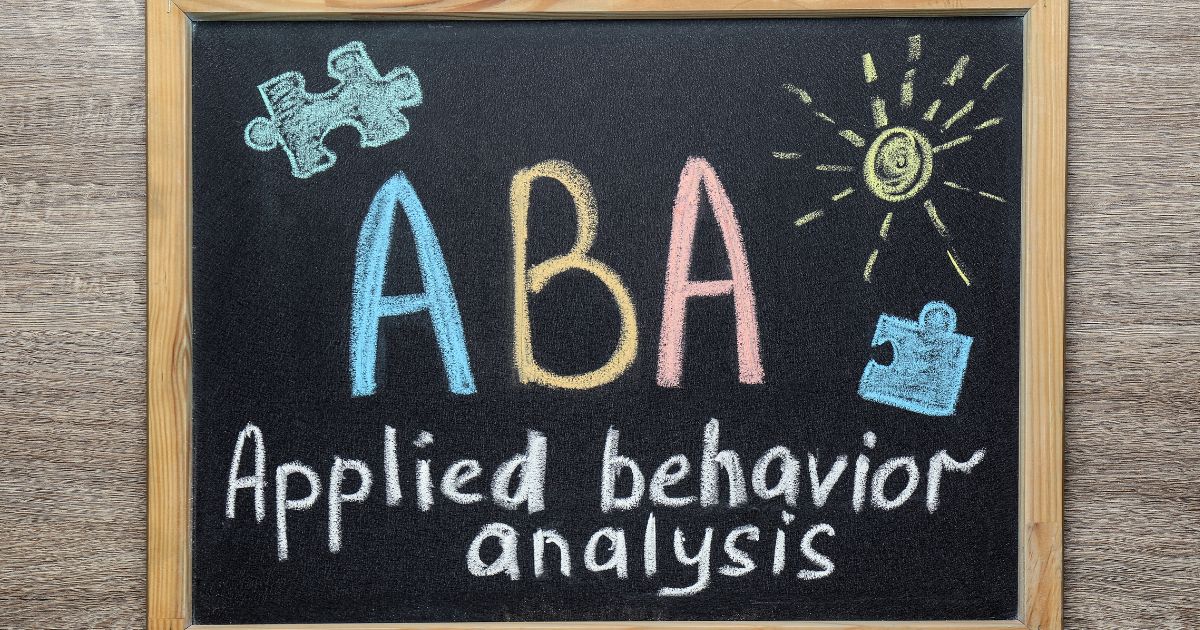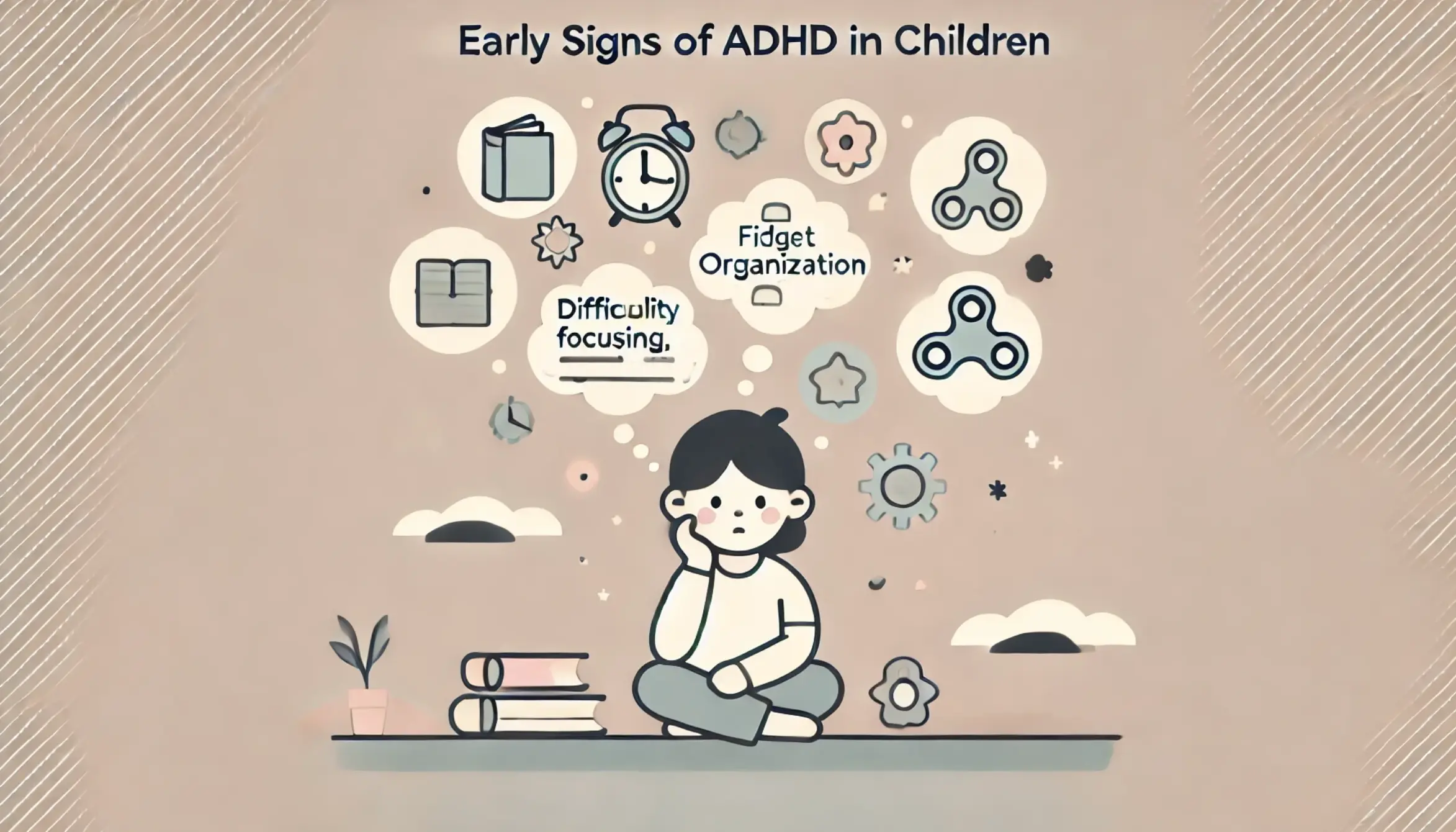Embarking on a journey to comprehend the intricacies of autism and the transformative role of Applied Behavior Analysis (ABA) unveils a profound understanding of neurodiversity. Autism Spectrum Disorder and other neurodevelopmental disabilities can provide unique challenges which influence social interactions and communication skills.
At the heart of our exploration lies the transformative influence of Applied Behavior Analysis (ABA), a therapeutic framework that has emerged as a cornerstone in supporting individuals with ASD. ABA operates on the principle that behavior can be understood and modified through systematic observations and positive reinforcement. So, if you want to learn more, join us on this enlightening journey as we dive into the intricate tapestry of autism and the profound impact of applied behavioral analysis!
What Is Applied Behavior Analysis?

Applied Behavior Analysis (ABA) is a systematic approach to understanding and modifying behavior. Rooted in behavioral psychology, ABA focuses on observable behaviors and their relationship to the environment.
The premise for ABA is that behavior is learned and can change through reinforcement and punishment. ABA is widely used in various fields, particularly in special education, to support individuals with autism spectrum disorders (ASD) and other developmental challenges.
Practitioners of ABA analyze behavior patterns, identify functional relationships, and implement interventions to enhance positive behaviors and reduce undesirable ones.
The methodology involves data collection, behavior assessment, and the development of individualized behavior intervention plans. ABA has proven effective in addressing a range of behaviors, fostering skill acquisition, and improving individuals’ overall quality of life across diverse settings.
The Power of Applied Behavior Analysis
Behavior analysis provides a systematic and scientific framework for comprehending the complexities of human behavior. By studying the relationship between behavior and the environment, behavior analysis helps uncover the underlying factors influencing actions. It examines how individuals learn and respond to stimuli, emphasizing observable and measurable behaviors. This approach enables a deeper understanding of why certain behaviors occur and how to modify them.
Behavior analysis is not limited to addressing challenges; it also promotes positive change and skill development. Whether applied in education, therapy, or organizational settings, behavior analysis is a powerful tool for shaping behavior, enhancing interpersonal relationships, and creating more effective and supportive environments. It underscores the importance of evidence-based strategies to foster meaningful and lasting behavioral changes.
How ABA Therapy Programs Make a Difference

ABA therapy programs make a significant impact by systematically addressing behavioral challenges in individuals, particularly those with autism spectrum disorders (ASD). These programs are tailored to the unique needs of each individual, employing evidence-based strategies to reinforce positive behaviors and reduce undesirable ones.
ABA emphasizes data-driven decision-making, allowing practitioners to assess progress and adjust interventions accordingly. Through structured and individualized sessions, ABA helps individuals acquire essential life skills, improve communication, and enhance social interactions.
The focus on positive reinforcement and skill development fosters independence and functional abilities. ABA therapy not only benefits those with ASD but also proves effective in addressing a range of behavioral issues, showcasing its versatility and transformative potential in diverse settings.
How Does ABA Therapy Work?
ABA therapy works by systematically analyzing and modifying behavior through evidence-based principles. The process begins with thoroughly assessing the individual’s conduct to identify patterns and environmental triggers.
This analysis shows therapists develop a personalized behavior intervention plan that outlines specific goals and strategies. ABA employs positive reinforcement to encourage desired behaviors, such as using rewards or praise and may incorporate consequences to reduce maladaptive behaviors.
Sessions are structured, consistent, and data-driven, allowing therapists to track progress and adjust interventions as needed. The focus extends beyond symptom reduction, aiming to enhance functional skills and improve overall quality of life. ABA’s success lies in its individualized approach, systematic methodology, and commitment to fostering positive, lasting behavioral changes in diverse populations, including those with autism spectrum disorders.
Positive Reinforcement

Positive reinforcement is a fundamental concept in behavioral psychology, emphasizing rewarding stimuli to strengthen and increase the likelihood of desired behaviors. This approach involves immediately providing a positive consequence following an achieved target behavior. This technique makes it more probable that the desired behavior will repeat. Positive reinforcement can take various forms, such as verbal praise, tangible rewards, or access to preferred activities. By associating positive outcomes with specific behaviors, individuals are motivated to engage in those behaviors consistently.
Positive reinforcement is applicable in educational settings, parenting, and therapeutic interventions like Applied Behavior Analysis (ABA). It encourages skill acquisition and contributes to a positive and supportive environment, promoting the development of adaptive and socially appropriate behaviors.
Antecedent, Behavior, Consequence
The Antecedent-Behavior-Consequence model is foundational in applied behavior analysis and psychology. It examines the three key components that influence behavior. The antecedent refers to the events, stimuli, or circumstances preceding a behavior, providing context and triggers.
The behavior is the observable and measurable action or response exhibited. The consequence is the outcome or reaction that follows the behavior, influencing the likelihood of its recurrence. Analyzing the ABC sequence allows for a systematic understanding of behavior patterns and the environmental factors contributing to them.
This model is crucial in designing effective behavior intervention plans, as it helps identify functional relationships between antecedents and behaviors, guiding the implementation of appropriate strategies to modify and shape behavior in various contexts.
Exploring ABA Programs: Understanding the Basics
An ABA program involves a systematic and individualized approach to understanding and modifying behavior. The process typically begins with a comprehensive assessment to identify behavioral strengths and challenges.
This assessment establishes specific and measurable goals, forming the foundation of a personalized behavior intervention plan. ABA sessions are structured, incorporating evidence-based strategies to reinforce positive behaviors and diminish undesirable ones. Data collection is integral, allowing practitioners to track progress and make informed adjustments.
These programs often address a range of skills, including communication, social interactions, and daily living. ABA therapy extends beyond symptom reduction, aiming to enhance overall functionality and improve the individual’s quality of life across diverse settings, from educational to therapeutic environments.
The Importance of Planning and Ongoing Assessment
Planning and ongoing assessment are critical components of effective educational and therapeutic interventions, especially in fields like ABA. Professionals develop comprehensive strategies based on individual needs and goals in the planning phase.
This process involves setting measurable objectives and designing interventions that consider the unique characteristics of the learner. Ongoing assessment ensures that interventions remain tailored and responsive to progress. Regular data collection and analysis provide insights into the effectiveness of strategies, allowing for timely adjustments.
This iterative process ensures that the approach evolves with the individual’s development. Planning and ongoing assessment enhance the precision of interventions and contribute to a dynamic and adaptive learning environment, optimizing outcomes for individuals across diverse settings and skill domains.
ABA Techniques and Philosophy
ABA techniques are rooted in understanding and modifying behavior through systematic observation and intervention. The philosophy emphasizes breaking down complex behaviors into measurable components, allowing for precise analysis and targeted intervention.
ABA techniques include positive reinforcement, prompting, shaping, chaining, and discrete trial training.
Positive reinforcement is a cornerstone, using rewards to strengthen desired behaviors, and prompting assists in guiding individuals through tasks, while shaping involves gradually molding behavior toward a desired outcome.
Chaining breaks down skills into manageable steps. Discrete trial training structures learning into brief, structured trials. The overarching philosophy values empirical evidence, individualization, and data-driven decision-making. These components are what make ABA effective and versatile in diverse contexts, especially for individuals with autism spectrum disorder and other developmental challenges.
ABA Services: Who’s Behind the Support?
Qualified and trained behavior analysts or ABA therapists typically provide ABA services. These individuals often hold degrees in psychology, education, or a related field and have specialized training in applied behavior analysis.
ABA utilizes Board-certified behavior analysts (BCBAs) for their specific education and experience requirements that passed a certification exam. Equivocally, a board-certified assistant behavior analyst (BCaBA) may also deliver this service in addition to other trained professionals under the supervision of a Licensed BCBA.
These practitioners work in various settings, including schools, clinics, homes, and community environments. A collaborative approach involving parents, caregivers, educators, and other relevant stakeholders is often employed to ensure a comprehensive and consistent implementation of ABA strategies.
Evidence-Based Success: The Effectiveness of ABA
A substantial body of empirical evidence supports the effectiveness of applied behavior analysis (ABA). Numerous research studies and meta-analyses have demonstrated the positive impact of ABA interventions on behavior change, particularly in individuals with autism spectrum disorders (ASD) and other developmental challenges.
ABA attributes its success to its systematic and data-driven approach, individualized strategies, and emphasis on positive reinforcement. The evidence highlights improved communication, social skills, adaptive behavior, and overall quality of life. ABA’s efficacy extends beyond ASD, showing positive outcomes in various settings and populations.
Does Insurance Cover ABA?
The coverage of ABA by insurance varies depending on the provider, policy, and location. In recent years, many insurance companies have recognized the efficacy of ABA for treating autism spectrum disorders (ASD) and, in some cases, other behavioral issues. Some states in the United States have enacted laws requiring insurance coverage for ABA therapy for individuals with ASD. However, coverage details, such as the extent, duration, and specific services covered, can differ.
Autism Evaluations in Oakland, CA
The evidence-backed effectiveness of Applied Behavior Analysis (ABA) underscores its significance in fostering positive behavioral changes, particularly for individuals with autism and diverse developmental challenges. While insurance coverage for ABA services varies, understanding policy specifics and advocacy are key. If you have questions or need guidance on assistance with obtaining an evaluation which would allow access to ABA services, accessing ABA services, contact us at APS. We’re here to help you navigate the process.





